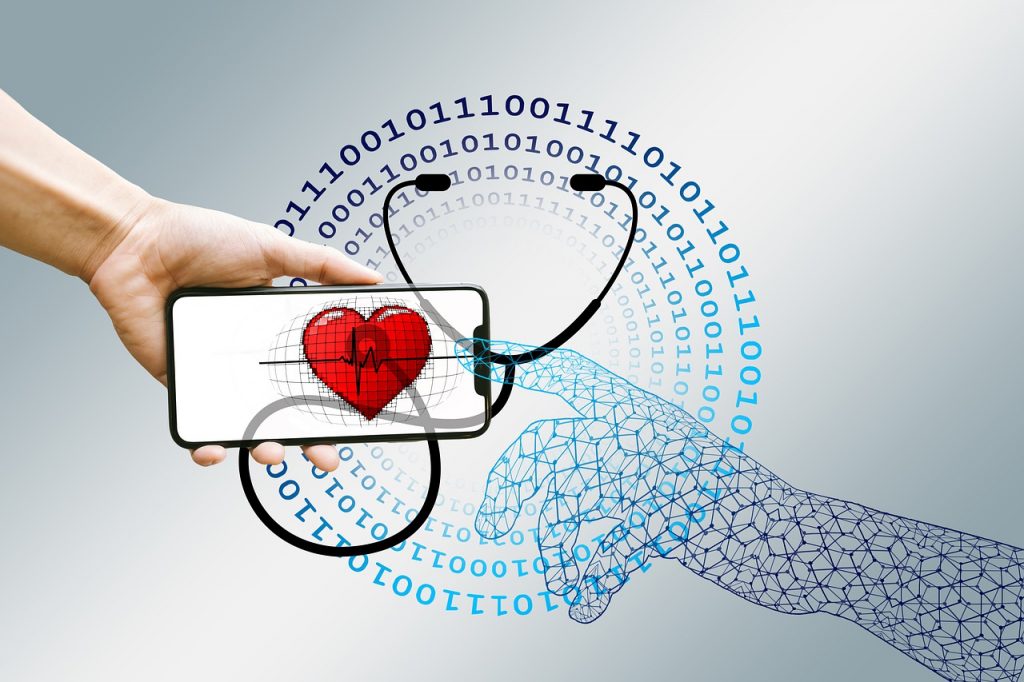A Glimpse into the Medical Future

GUEST POST from Art Inteligencia
With the rapid advancements in technology, healthcare is undergoing a transformative change. Today, we have the opportunity to witness medical innovations that were once considered science fiction. The future of healthcare promises improved patient care, enhanced diagnostics, and more effective treatments. In this article, we will explore two case studies that provide a glimpse into the medical future and demonstrate the potential impact of these innovations.
Case Study 1: Artificial Intelligence in Radiology
Radiology plays a crucial role in diagnosing and monitoring diseases. However, the interpretation of medical images is often time-consuming and prone to errors, leading to delayed diagnosis and treatment. Artificial Intelligence (AI) is revolutionizing the field of radiology by streamlining diagnostic processes and yielding more accurate results.
One exceptional example of AI’s application in radiology is the work done at Stanford University. Researchers developed an AI algorithm that analyzes chest X-rays to detect pneumonia accurately. The algorithm surpasses the accuracy of trained radiologists, offering a rapid and cost-effective solution for early pneumonia detection. This AI system has the potential to improve patient outcomes by enabling early intervention and reducing the time required for diagnosis.
The AI algorithms can also be trained to analyze other imaging modalities, such as MRI and CT scans, assisting radiologists in diagnosing a wide range of conditions. By harnessing the power of AI, radiology departments can improve the efficiency and accuracy of their processes, leading to better patient care.
Case Study 2: Telehealth for Remote Patient Monitoring
One of the greatest challenges faced by healthcare providers is caring for patients in geographically remote areas. Telehealth, the use of technology to deliver healthcare remotely, has emerged as a game-changer in addressing this issue. Remote patient monitoring (RPM), a component of telehealth, allows healthcare professionals to track patients’ vital signs and health parameters without the need for in-person visits.
An outstanding example of RPM implementation is the Veterans Health Administration (VHA) in the United States. VHA implemented telehealth programs to monitor veterans with chronic conditions, such as heart failure and diabetes. Through a combination of at-home wearable devices and virtual consultations, healthcare providers can remotely monitor patients’ health status and intervene when necessary. This proactive approach has led to significant reductions in hospital admissions and emergency department visits. Furthermore, patients appreciate the convenience of remote monitoring, as it saves them travel time and enhances their overall quality of life.
The integration of RPM into healthcare systems has immense potential to improve disease management and reduce healthcare costs. By utilizing technology to remotely monitor patients, healthcare providers can optimize care, prevent hospital re-admissions, and promote patient engagement.
Conclusion
The healthcare industry is on the cusp of a technological revolution that holds the promise of transforming patient care. Through artificial intelligence and telehealth advancements, we are witnessing the emergence of a medical future that is more efficient, effective, and accessible. The case studies presented in this article are just a glimpse into the potential of these innovations. As the medical landscape evolves, embracing these transformative technologies will undoubtedly lead to significant improvements in patient outcomes and the overall quality of healthcare delivery.
Bottom line: Futures research is not fortune telling. Futurists use a scientific approach to create their deliverables, but a methodology and tools like those in FutureHacking™ can empower anyone to engage in futures research themselves.
Image credit: Unsplash
![]() Sign up here to get Human-Centered Change & Innovation Weekly delivered to your inbox every week.
Sign up here to get Human-Centered Change & Innovation Weekly delivered to your inbox every week.
